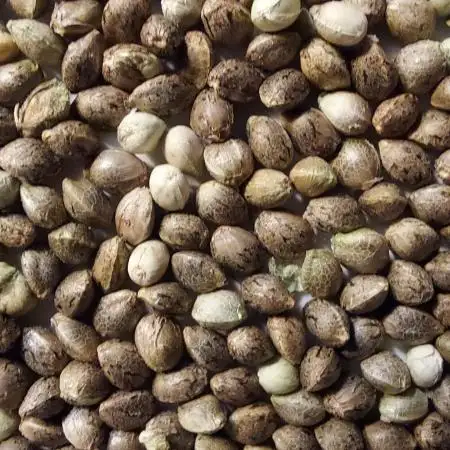The Grow Awards 2026 🏆
PPFD DLI
LIPANJAstarted grow question 3mo ago
Guys, I’ve got an auto on a 20/4 light cycle with 1000 PPFD, just starting flowering. The DLI came out to 72. I read that the recommended range during flowering is 40–60. So it looks like it’s too much light. Is that correct? Am I understanding this right?
Open
likes
Answer
Fruitgroweranswered grow question 2mo ago
Yes lol. 1000 is probably the max you want to be at the mid to end of flower. Try hitting 6.-800pfd for veg
likes
Complain
Grower_Tomanswered grow question 3mo ago
I never follow manufacturers recommendations. Use cocoforcannabis dot com and go have a look at his test for your light. He’s pretty much done every light out there. Then look at your DLI
likes
Complain
Ratleanswered grow question 3mo ago
Wow, I never realized people go to this extent to grow pot. But hey, too each their own. I like to keep it simple, just follow light manufacturers recommendation which has always worked but still pay attention for signs of stress. Never used co2, had no need to.
2 likes
Complain
00110001001001111Oanswered grow question 3mo ago
PPFD is a measurment of umol/s PAR across an area. it is not a single point measurement. So, i'm not 100% what you are trying to say when you give the 1000 ppfd figure. Is this a measurement in the center directlt below the light? PPFD will be smaller than this value, so the DLI was miscalculated. Again, ppfd is not a single point measurement.
you should be at 40 DLI or less with ambient co2... there are more than 1 factor that influences how much light a plant can handle each day, but co2 concentration in air is a big one. A less controlled climate will cause a lower target dli to avoid damage or stunting.
To get ppfd you need several single-point measurements then average them out -- all same distance from light equidistant apart across canopy.. the more readings the more accurate your average (the estimated ppfd) will be.
You can also take total umol/s PAR off light spec sheet and divide by m^2 of garden. This will be a slightly exaggerated PPFD, but if you shoot for ~40 DLI, it'll be a very good starting point.
no matter what you do, you will need to observe how the plant grows and adjust. These numbers are only a good starting point. growth too tight? reduce light. Growth too lanky? increase light. Easy-peasy. Take notes.. You may find seasonal differences as to what a plant can handle. Temp, RH and co2 all impact how much per day.
hours is a partial picture.. don't think hours = more or better yield. DLI is what matters. 40dli over 12h or 18h is going to have the same result. So, stick to a light cycle that includes a proper dark cycle. the plant is healthier with a proper dark cycle. The only reason you want a 20h or 24h cycle is if you use a really shitty light taht can't provide enough DLI otherwise. That context *might* outweigh the negative of no dark cycle.
1 like
Complain
John_Krameranswered grow question 3mo ago
i'm growing 12/12 with 70 DLI
and after flip there was 6/18 with 70 DLI
The plant is fine
So no need to worry with 20/4 or 24h
just don't let it dry for too long
likes
Complain
KurtHighgradeanswered grow question 3mo ago
Yes, you are right, 72 is much, much too high. The range between 40 and 60 is already very high without extra CO2.
Take a look at my 'Sticky Wasabi Triploid' diary, in week 11 i have posted a DLI shedule which might be very interesting for you! Happy growing 🙌
1 like
Complain








